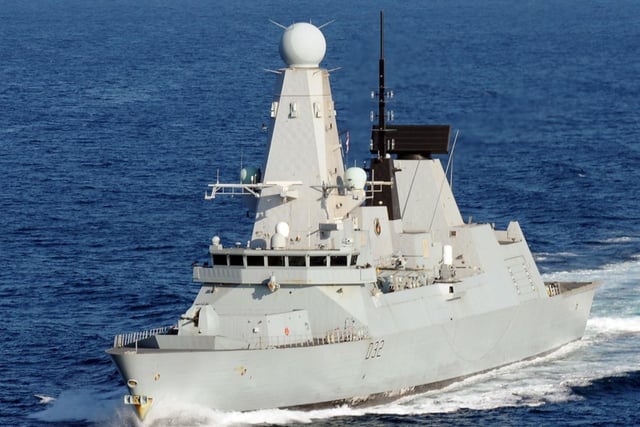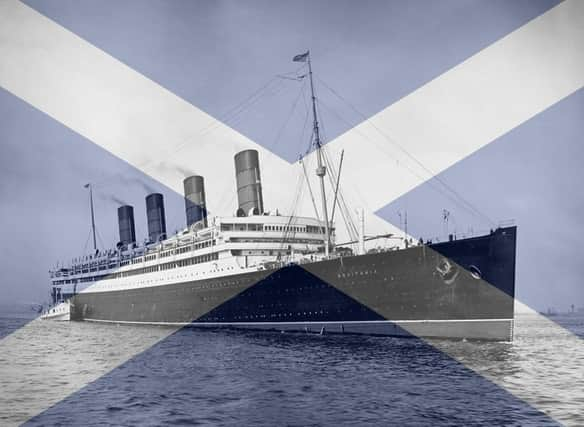April 21, 2023, marks the centenary of the SS Metagama departing from Stornoway in the Outer Hebrides. For the islanders leaving, the communities being left behind and the very culture of Scotland itself, things were never the same again.
Unsurprisingly, this ship of such a powerful legacy was built in Glasgow, which as The Herald reports boasted shipbuilding which “was the envy of the world.” They pointed out that “in the early 1900s a fifth of all ships in the world were made on the River Clyde in Glasgow.”
Over the years, tens of thousands of naval, merchant and passenger ships were built on the Clyde and its tributaries since the Scott family first set up a yard in Greenock in 1711. Indeed, the term ‘Clydebuilt’ was seen as synonymous with superior precision marine engineering.
In honour of the 100th anniversary of the SS Metagama leaving Stornoway, here are nine Scotland-built ships that inspire wonder to this day.
Over the years, tens of thousands of naval, merchant and passenger ships were built on the Clyde and its tributaries since the Scott family first set up a yard in Greenock in 1711. Indeed, the term ‘Clydebuilt’ was seen as synonymous with superior precision marine engineering.

9. HMS Daring
Shipbuilding on the Clyde is today concentrated on three remaining yards and is dominated by Royal Navy orders. Defence giant BAE Systems operates sites at Govan and Scotstoun while a smaller commercial yard at Port Glasgow remains in private hands. The most prestigious shipbuilding programme on the river in recent years was the construction of six Type 45 destroyers. The first to be launched in 2006 was HMS Daring, the seventh naval ship to be given the name. Following the Falklands War, the Type 45s were primarily designed for anti-air warfare and are characterised by their distinctive radar towers. It has been suggested Daring’s radar is capable of tracking 1,000 objects the size of a cricket ball travelling at three times the speed of sound. Photo: defenceimages on Flickr


